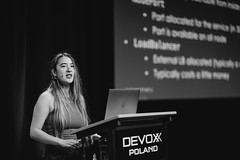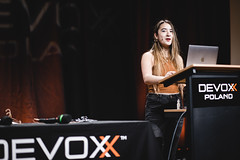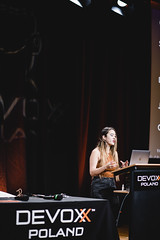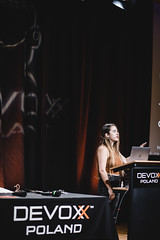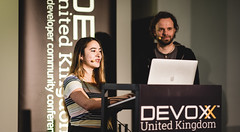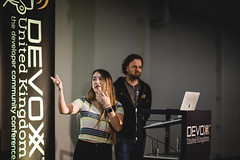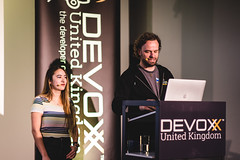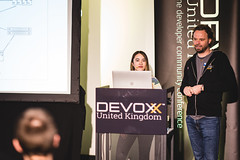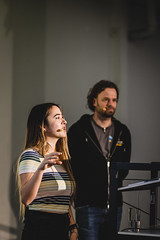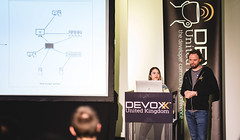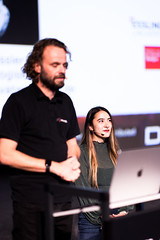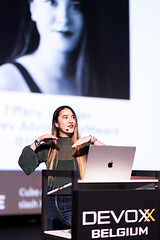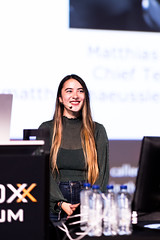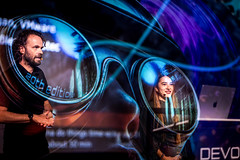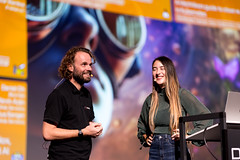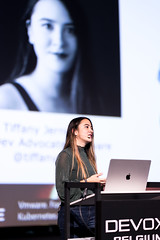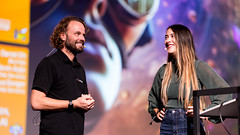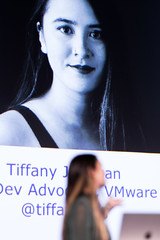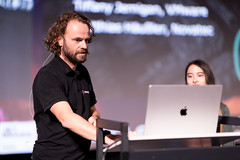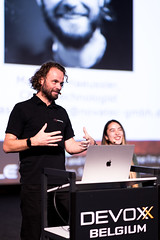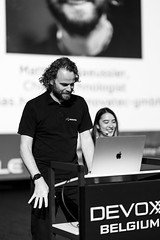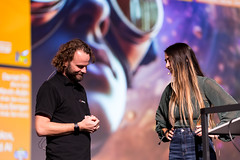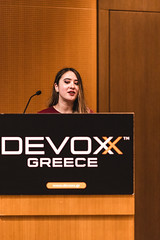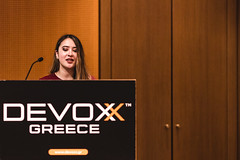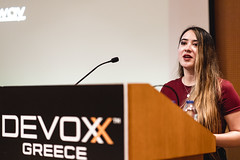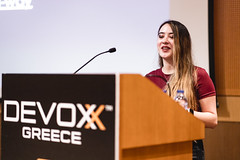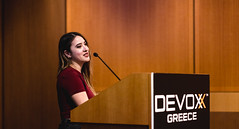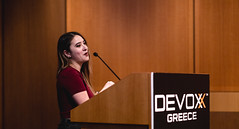Tiffany Jernigan
VMware
Tiffany is a senior developer advocate at VMware and is focused on Kubernetes. She previously worked as a software developer and developer advocate (nerd whisperer) for containers at Amazon. She also formerly worked at Docker and Intel. Prior to that, she graduated from Georgia Tech with a degree in electrical engineering. In her free time, she really likes to travel and dabble in photography. You can find her on Twitter @tiffanyfayj or at linktr.ee/tiffanyfay.
Understanding Kubernetes can be hard. Not only in the initial learning and understanding of the concepts, but also the aspect of keeping an overview of what is happening inside at the workloads of the cluster can be challenging.
How can you quickly and easily tell if your apps are healthy, well utilised and running fine?
Observability is an essential component in software development in general. With the change to cloud-native/microservice approaches on the one hand and the runtime with containers and Kubernetes on the other has even increased the necessity and complexity.
In this deep dive, we'll look at various aspects of Kubernetes observability, and present multiple OSS solutions from the CNCF landscape and beyond to achieve that.
We will start with tools simply querying the Kubernetes API and delivering the outputs in an easy-to-understand UI (e.g. Skooner, k9s), go over sidecar-based and eBPF-based services meshes (e.g. Istio/Kiali, Cilium/Hubble UI) and end with application-side logging, monitoring, and tracing (e.g. OpenTelemetry, fluentd, Jaeger, Grafana).
Each level of observability demands a certain price in terms of configuration and runtime overhead. In turn, the quality and depth of the information is different. We will also provide a dedicated section about the generic roles of Prometheus and Grafana in this context.
The major part of this deep dive will be live demonstrated. This does not only include the usage, but also the setup and configuration of the tools.
The intended take-away is to get a feeling of which type of tooling is the right one for a given purpose. Some of the technologies have a polyglot aspect and can be applied independent of the framework, but the talk has a strong focus on JVM-based applications.
More How can you quickly and easily tell if your apps are healthy, well utilised and running fine?
Observability is an essential component in software development in general. With the change to cloud-native/microservice approaches on the one hand and the runtime with containers and Kubernetes on the other has even increased the necessity and complexity.
In this deep dive, we'll look at various aspects of Kubernetes observability, and present multiple OSS solutions from the CNCF landscape and beyond to achieve that.
We will start with tools simply querying the Kubernetes API and delivering the outputs in an easy-to-understand UI (e.g. Skooner, k9s), go over sidecar-based and eBPF-based services meshes (e.g. Istio/Kiali, Cilium/Hubble UI) and end with application-side logging, monitoring, and tracing (e.g. OpenTelemetry, fluentd, Jaeger, Grafana).
Each level of observability demands a certain price in terms of configuration and runtime overhead. In turn, the quality and depth of the information is different. We will also provide a dedicated section about the generic roles of Prometheus and Grafana in this context.
The major part of this deep dive will be live demonstrated. This does not only include the usage, but also the setup and configuration of the tools.
The intended take-away is to get a feeling of which type of tooling is the right one for a given purpose. Some of the technologies have a polyglot aspect and can be applied independent of the framework, but the talk has a strong focus on JVM-based applications.



